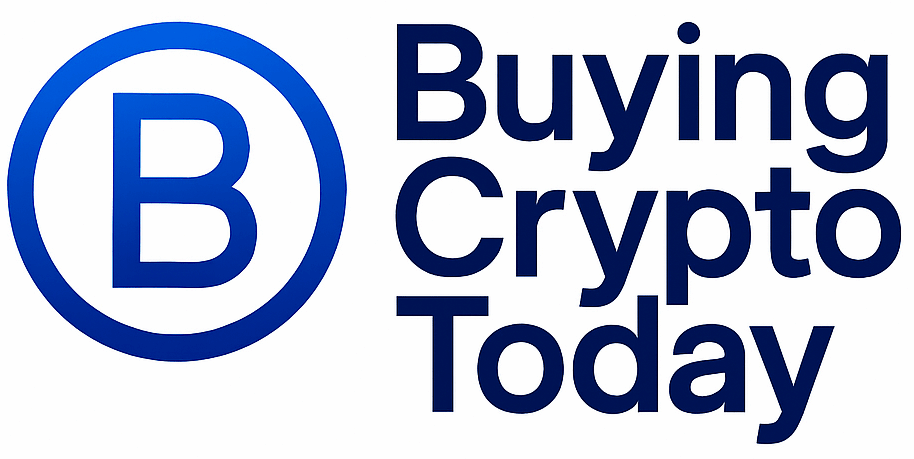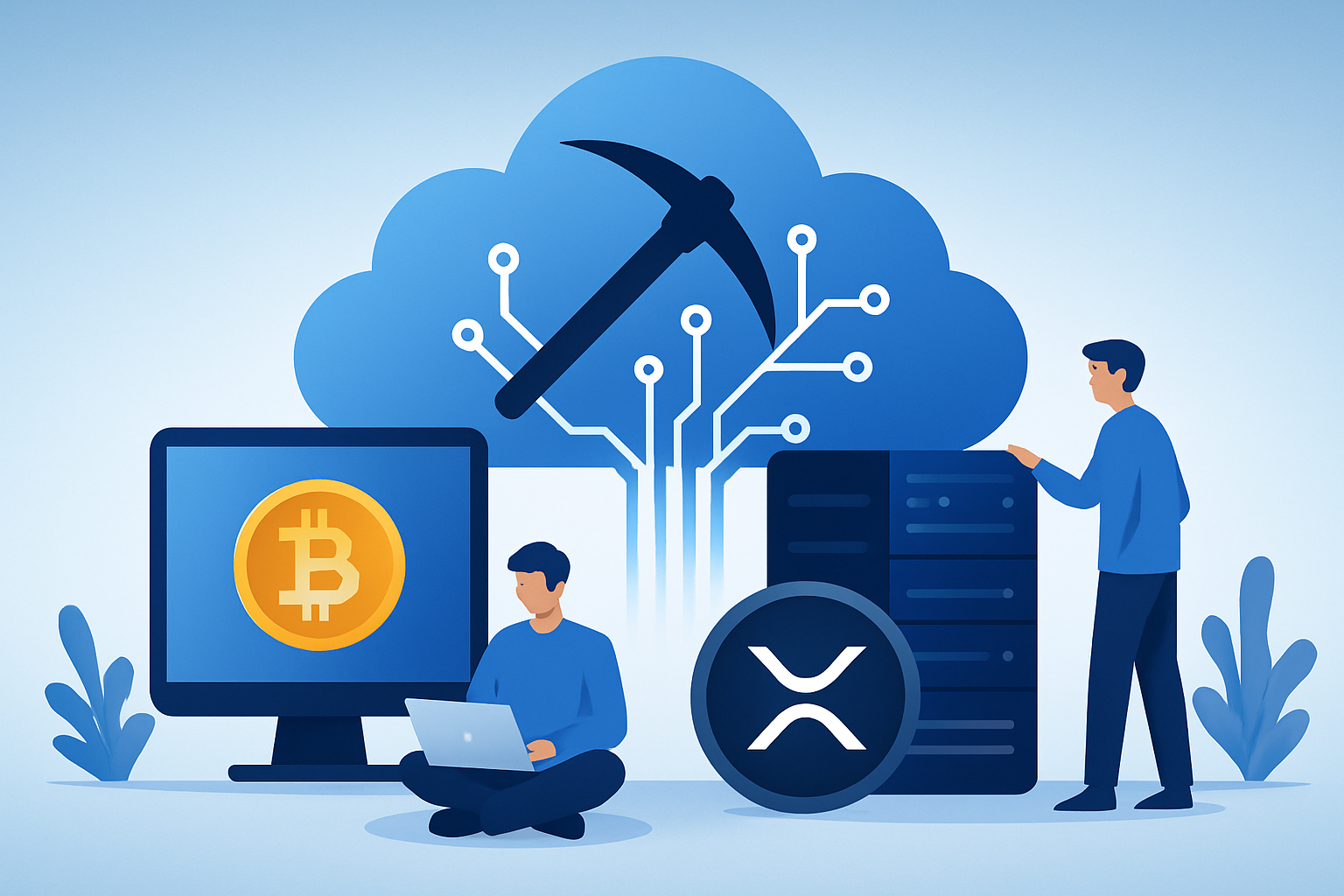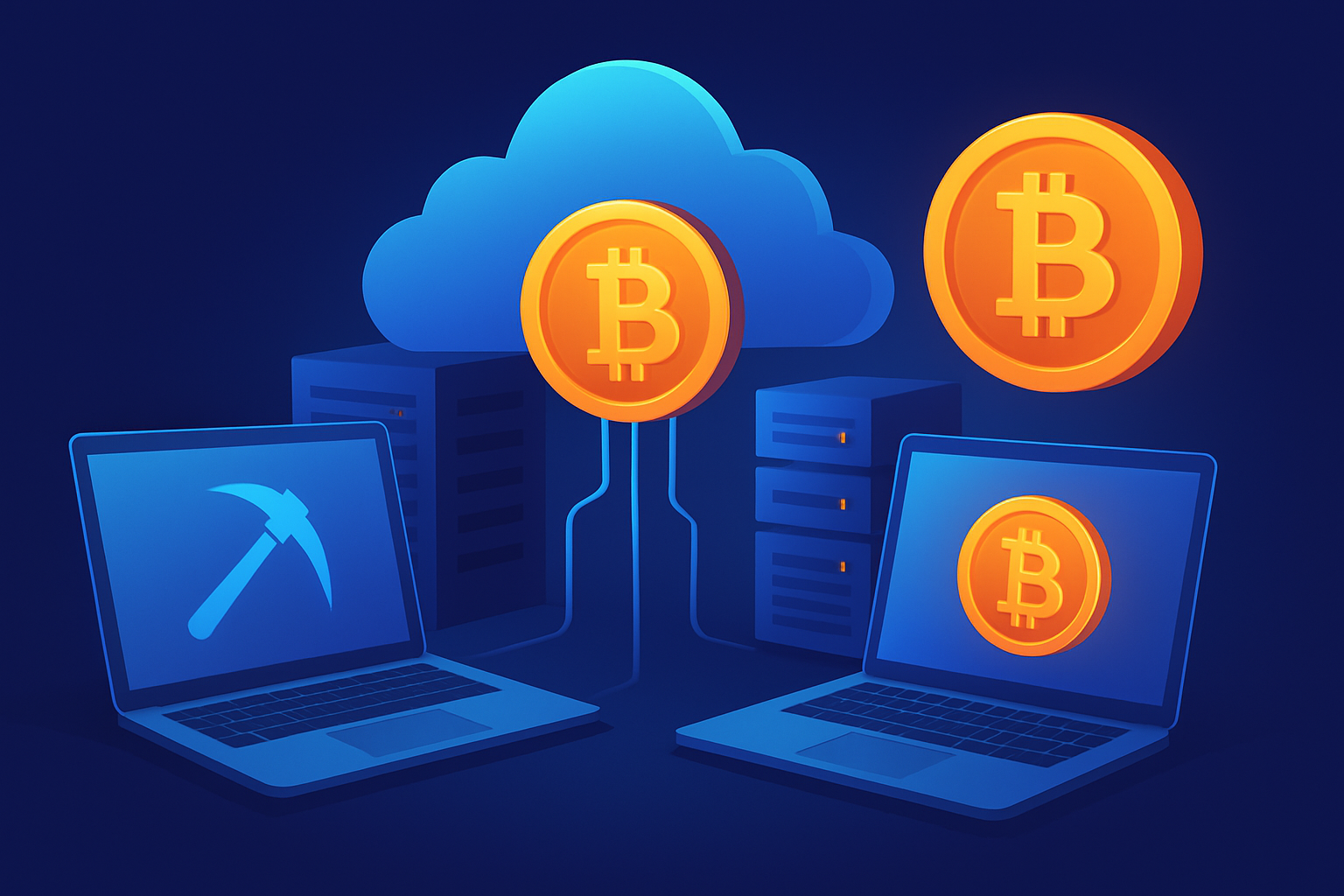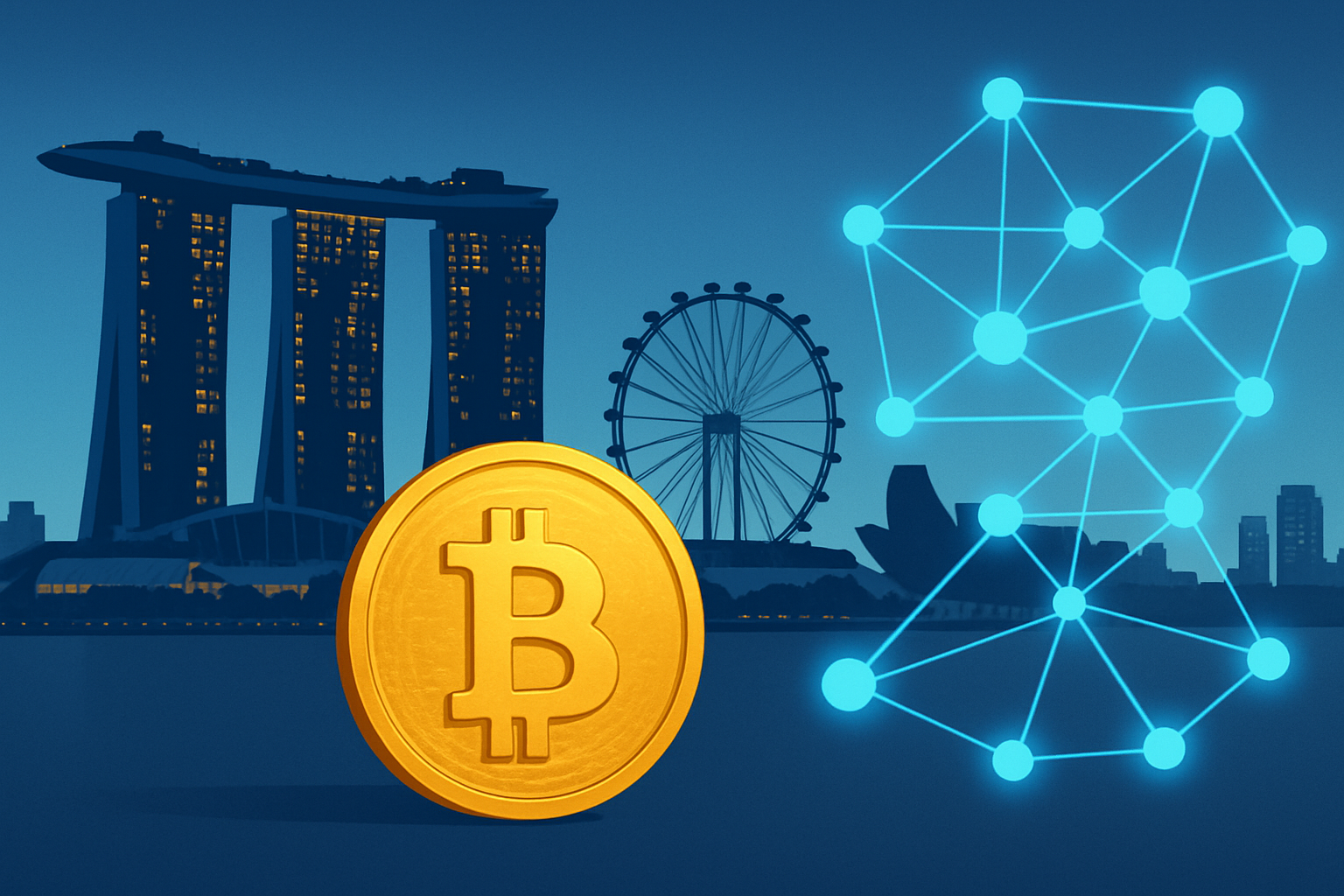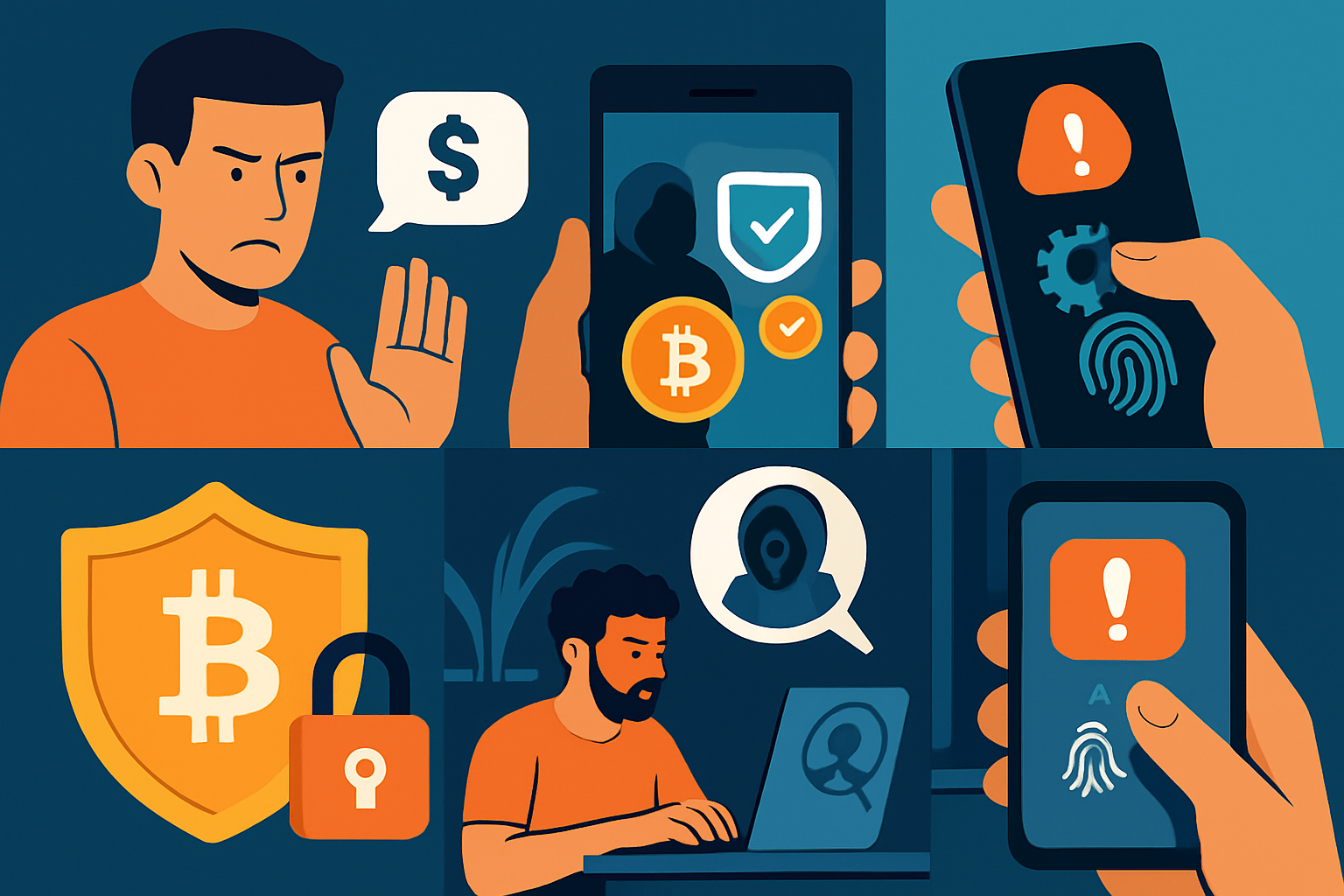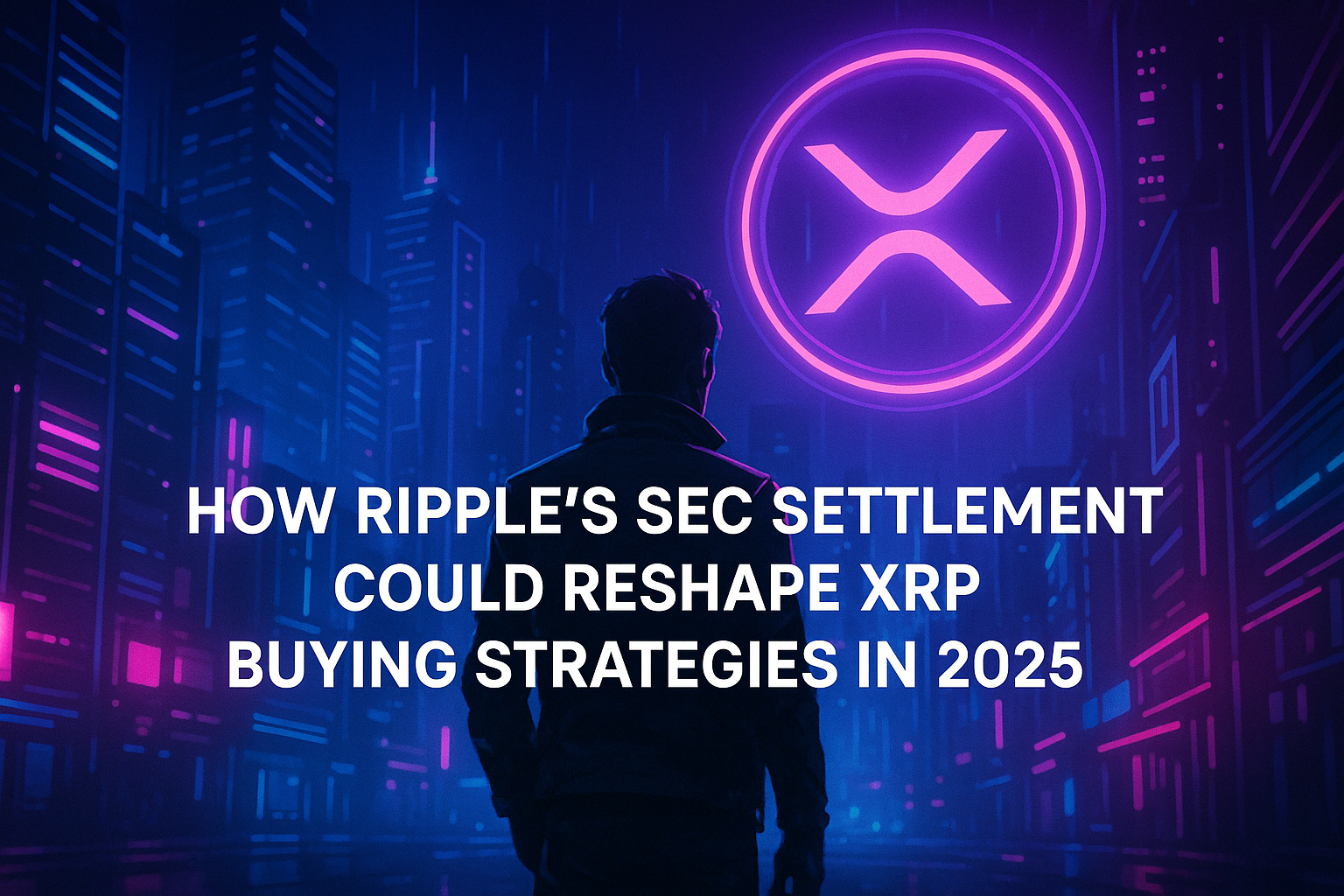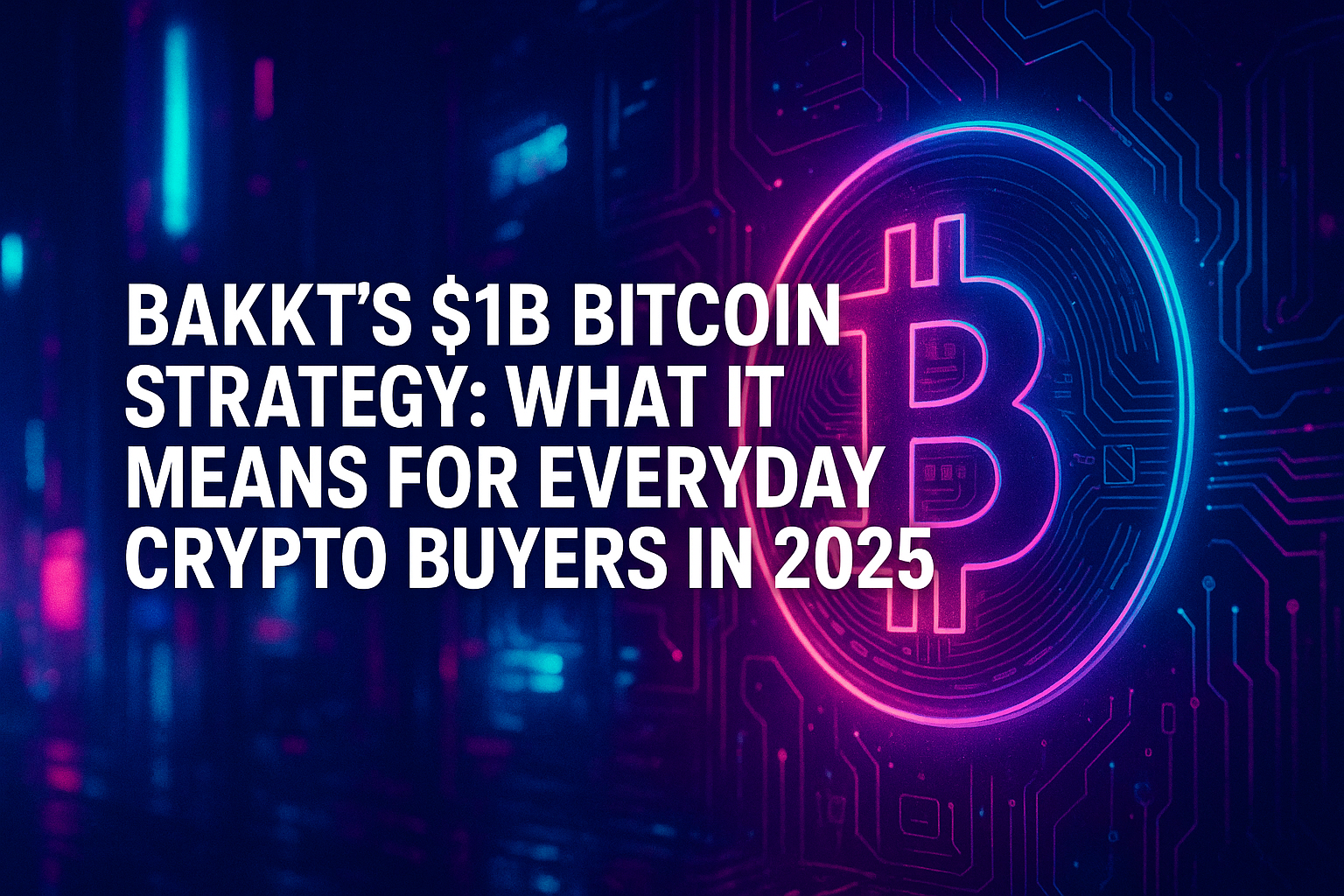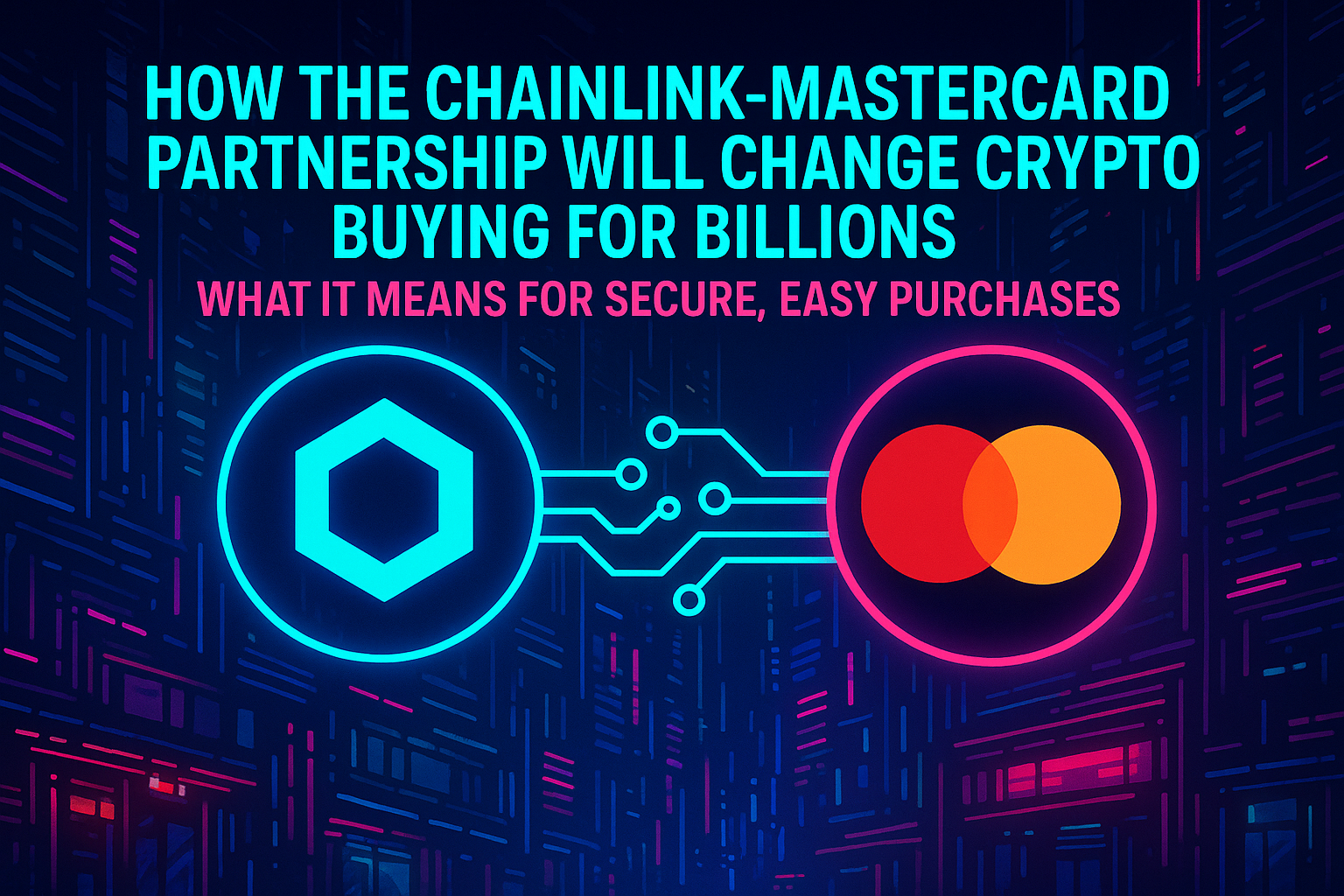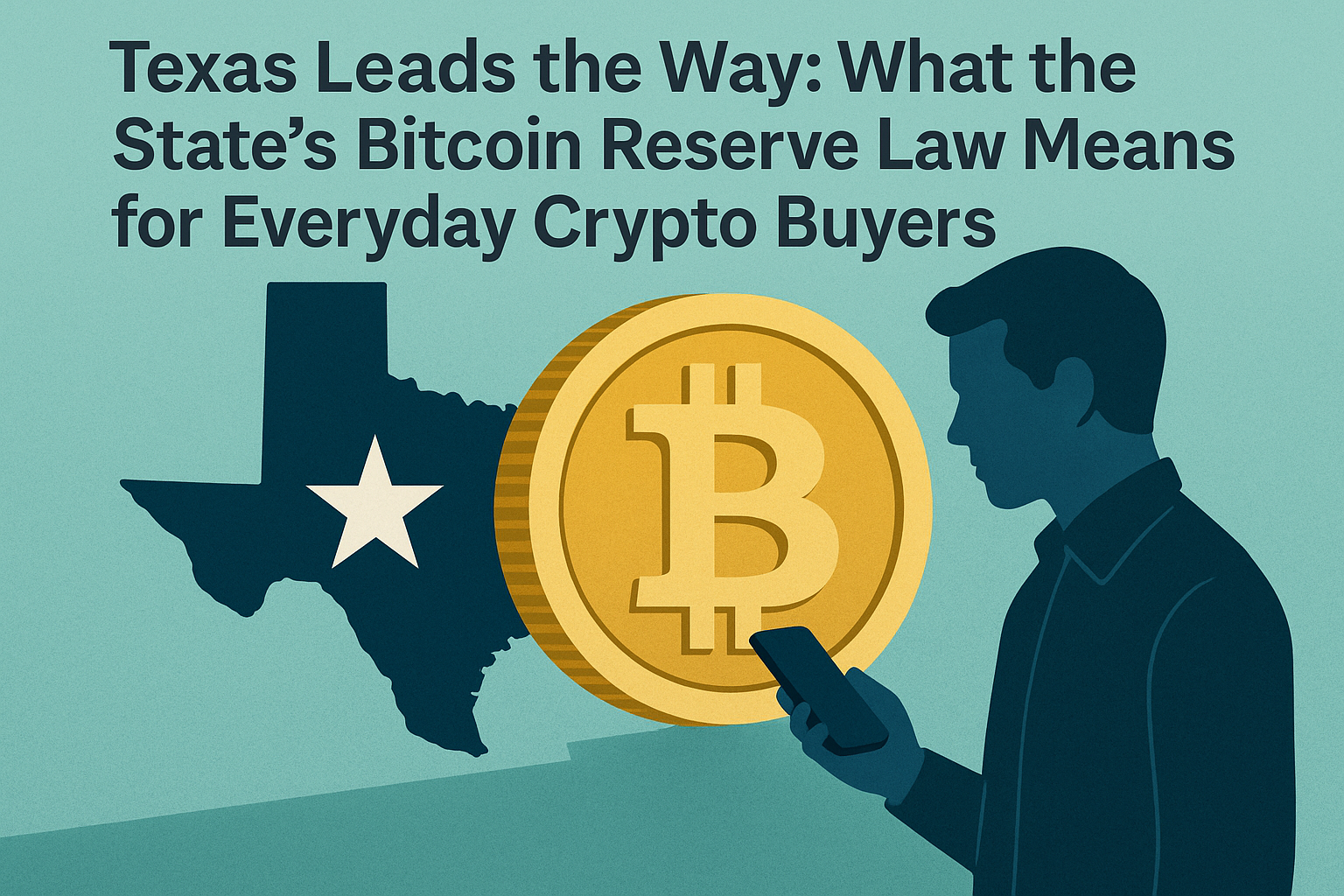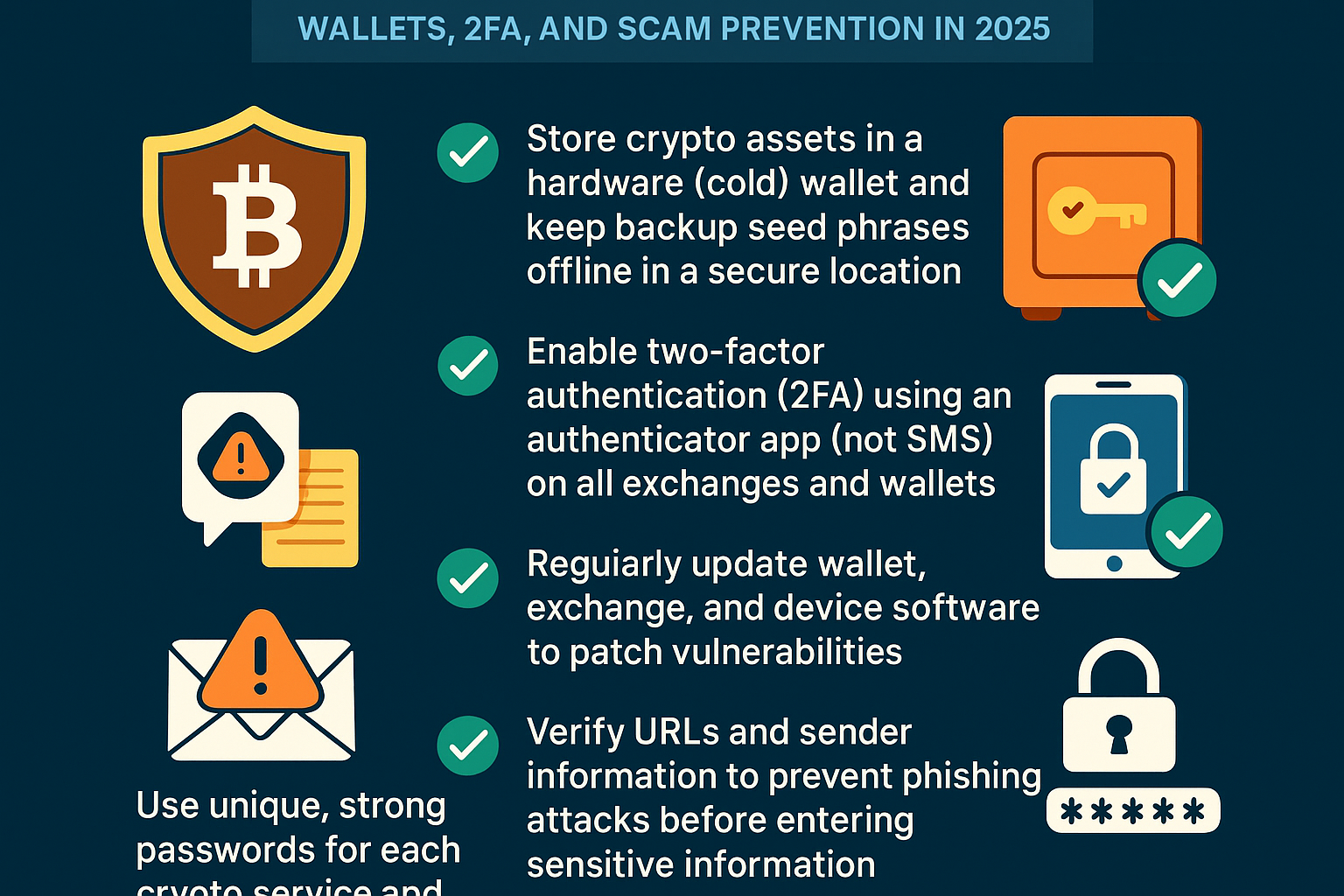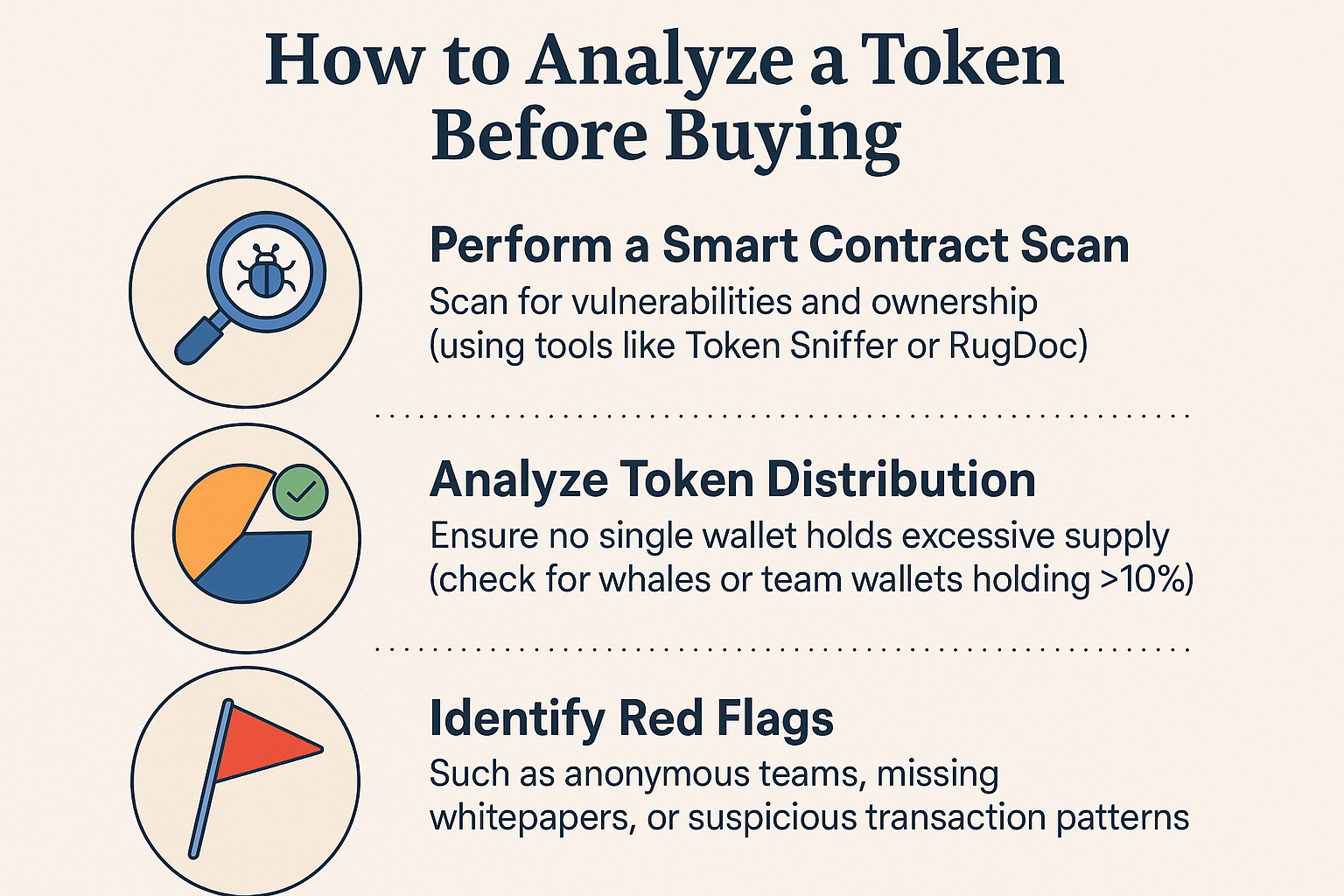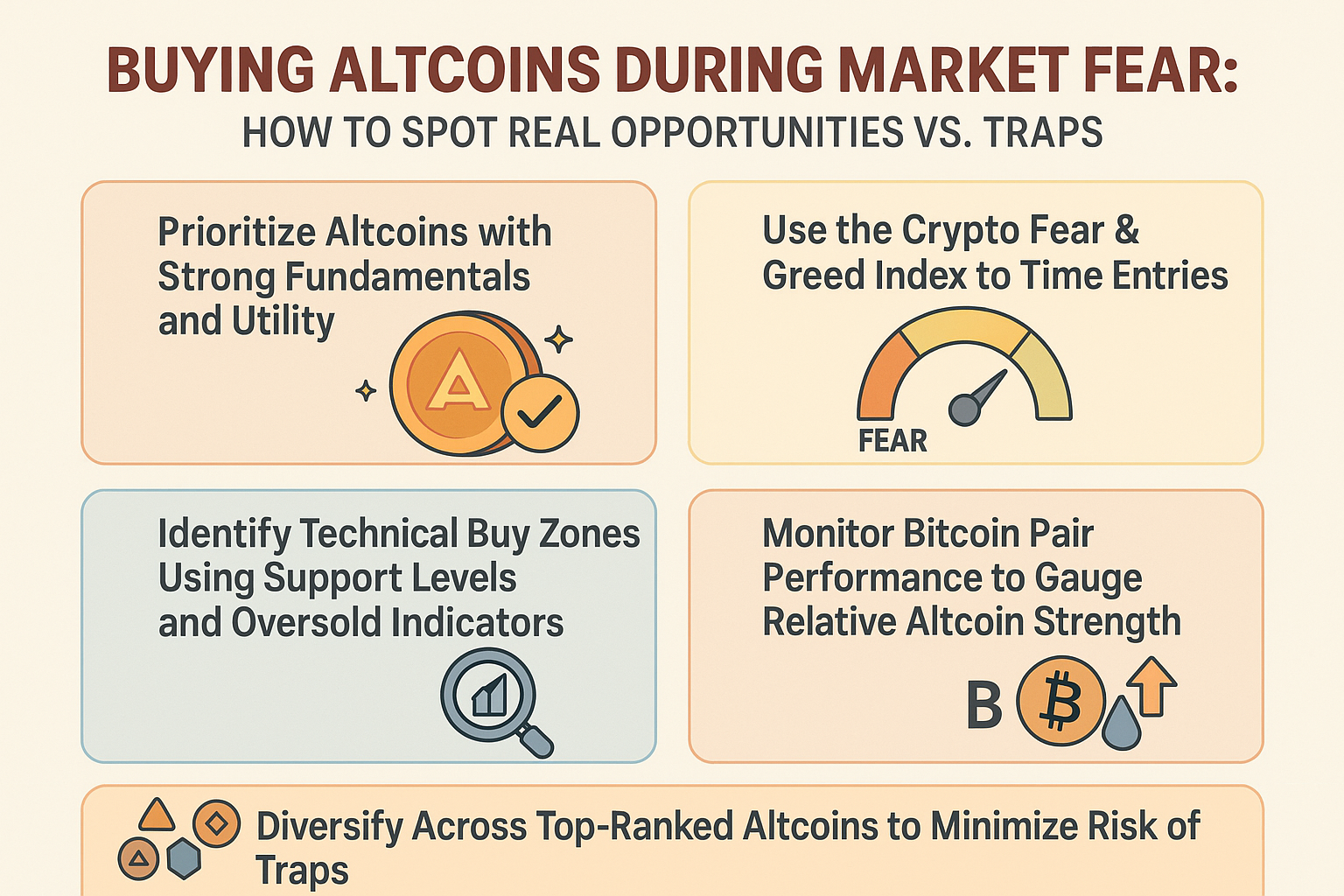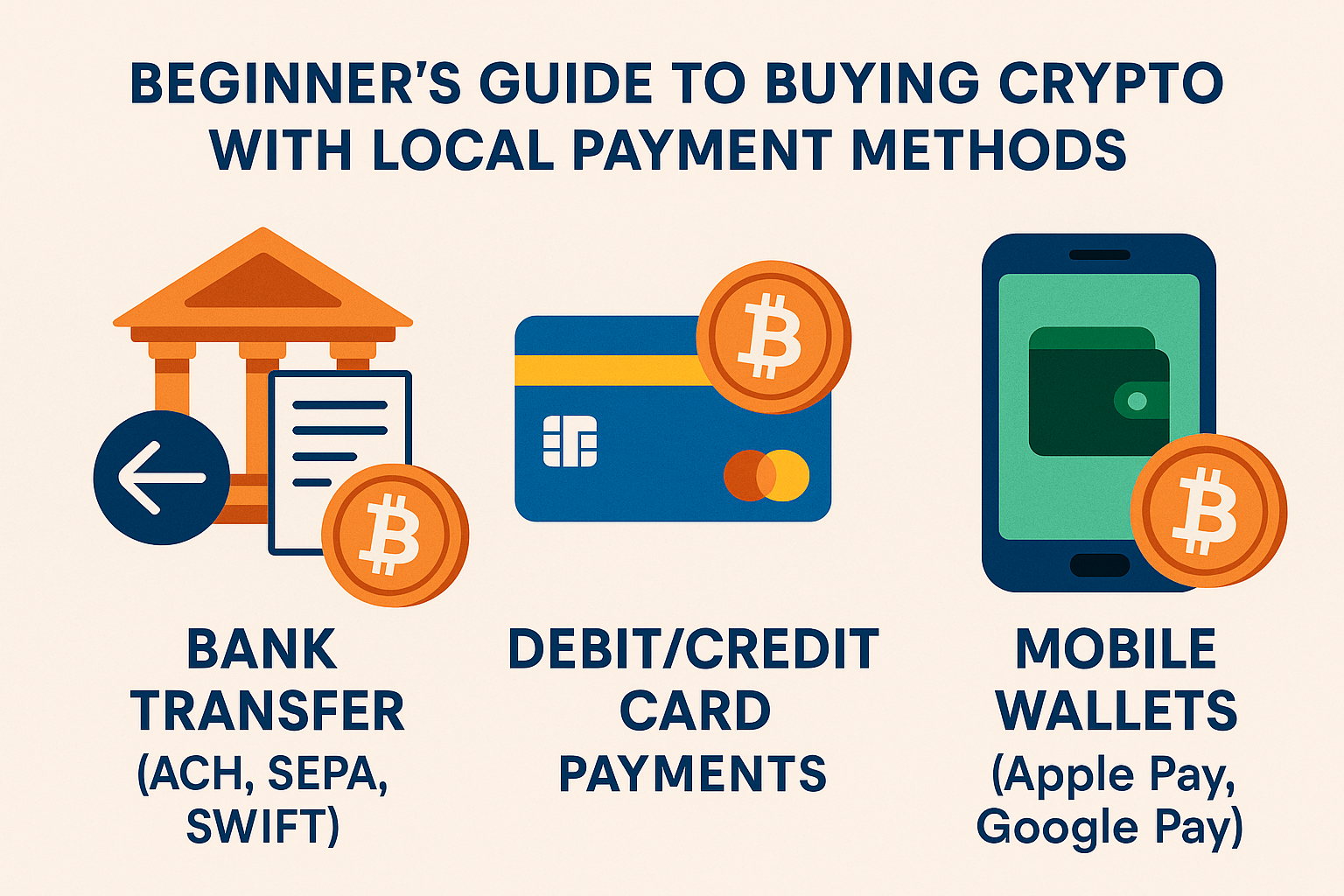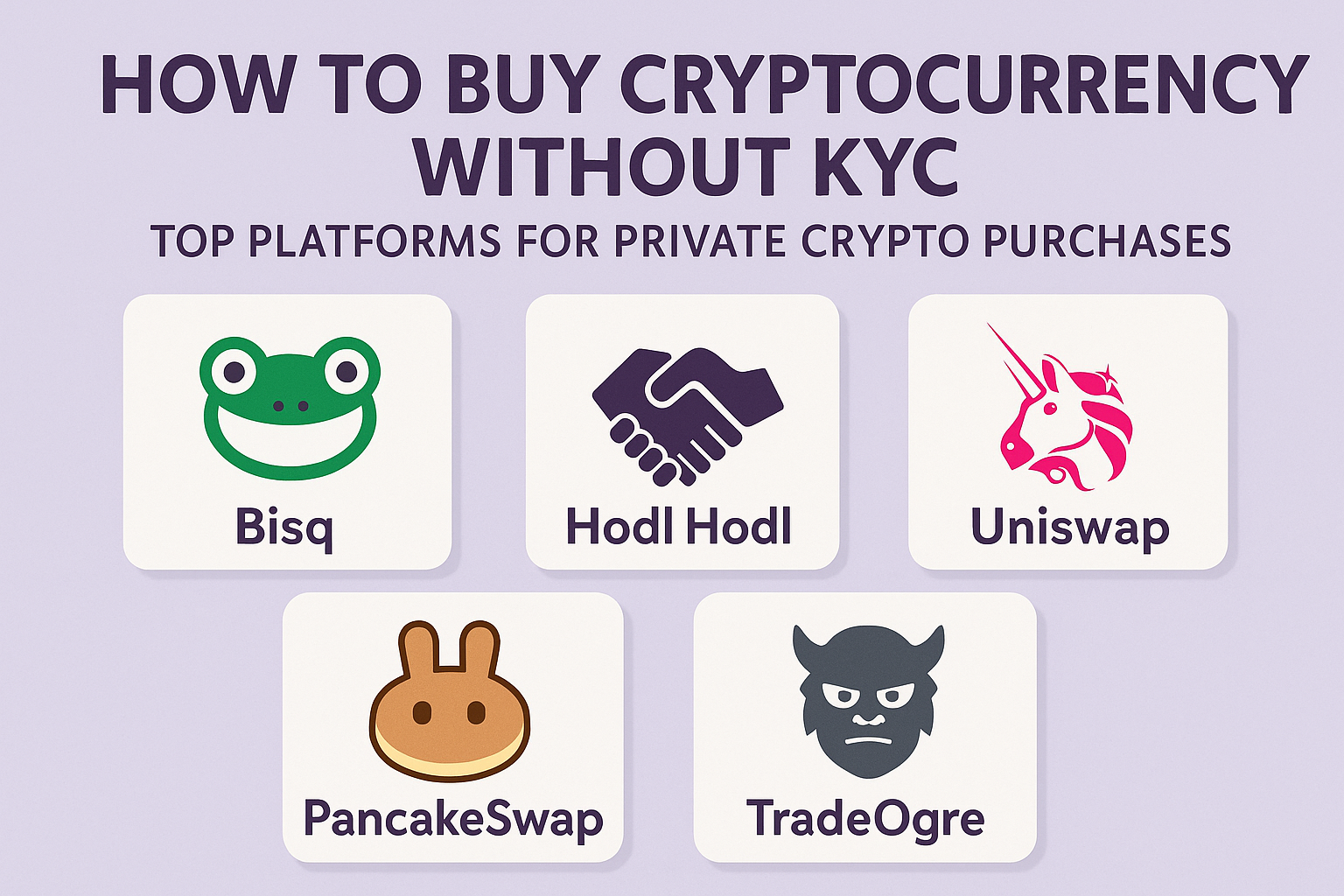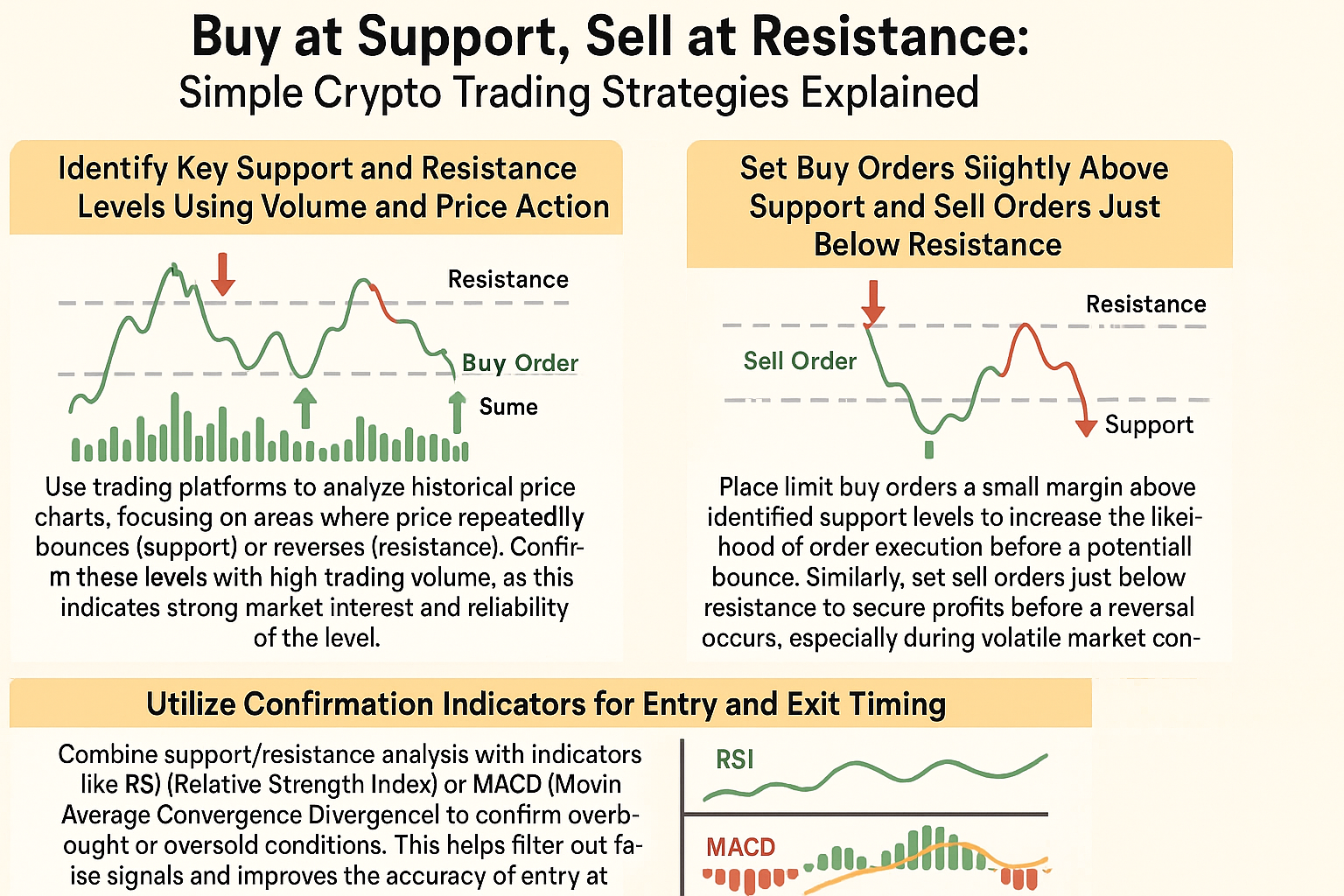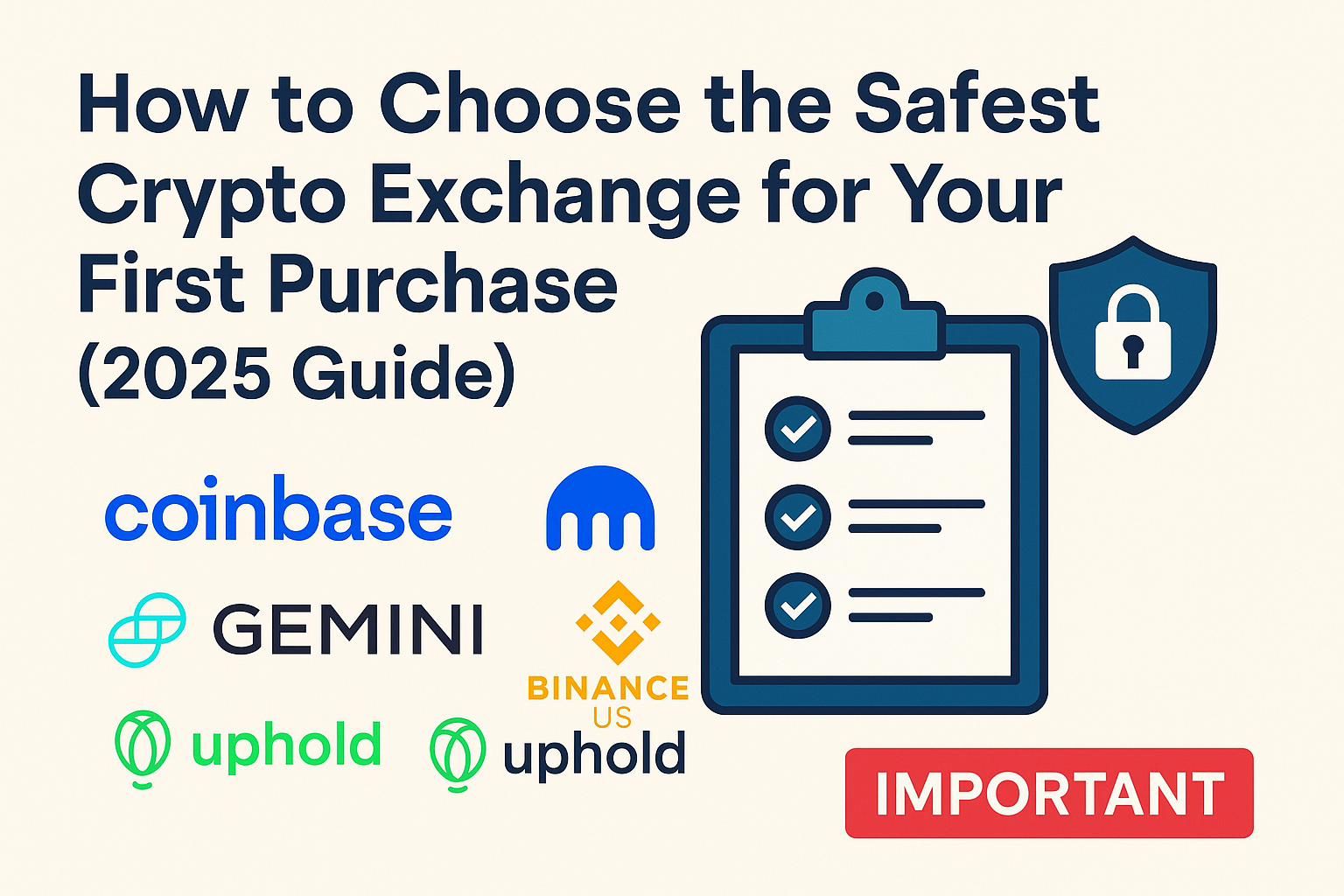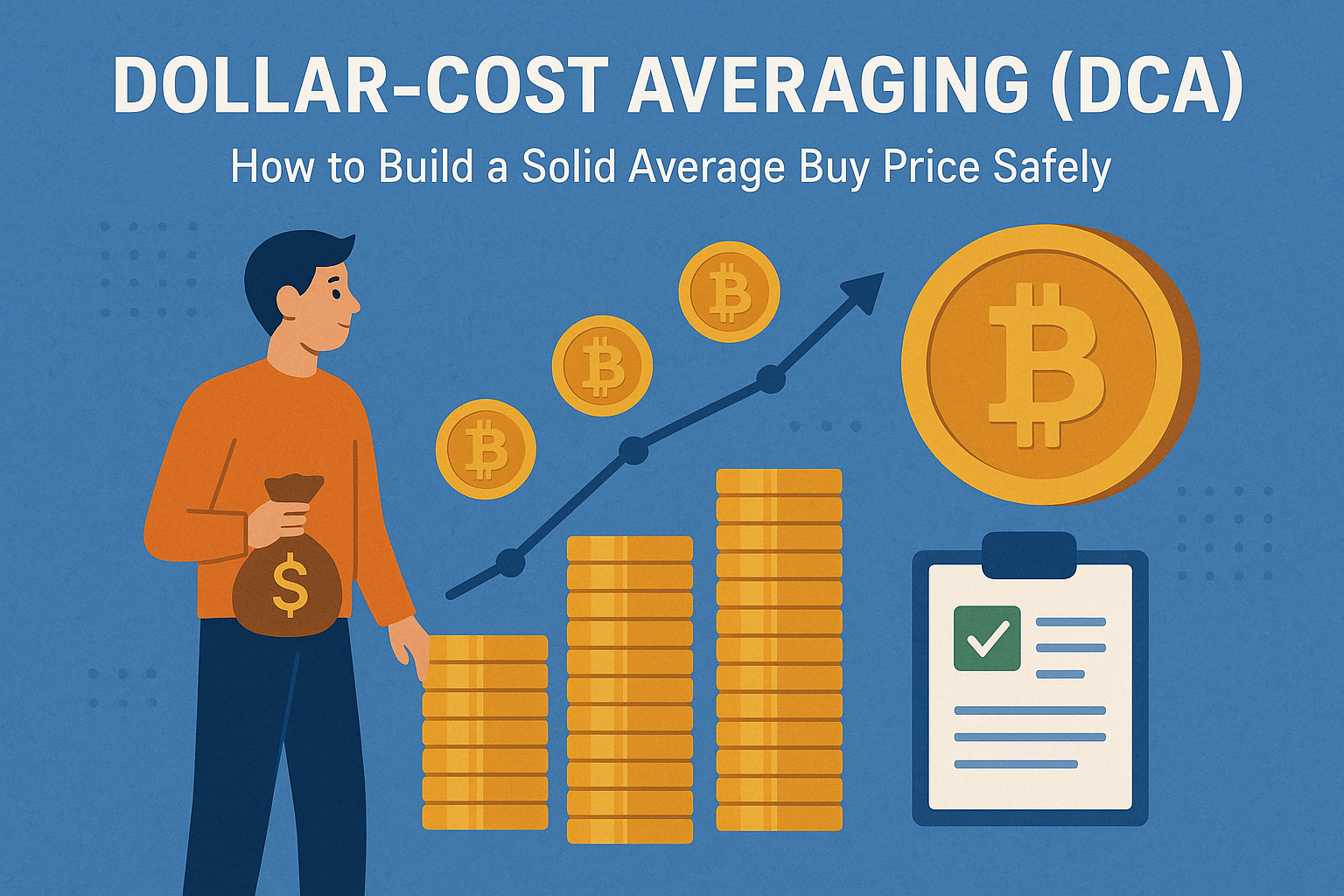Cloud mining has long promised to democratize cryptocurrency earnings, but in 2025 the industry has finally delivered...
In 2025, the landscape of secure crypto buying is undergoing a profound transformation, fueled by the rapid...
How Cloud Mining Apps Like ALL4 Mining and QFSCOIN Are Revolutionizing Passive Crypto Income in 2025
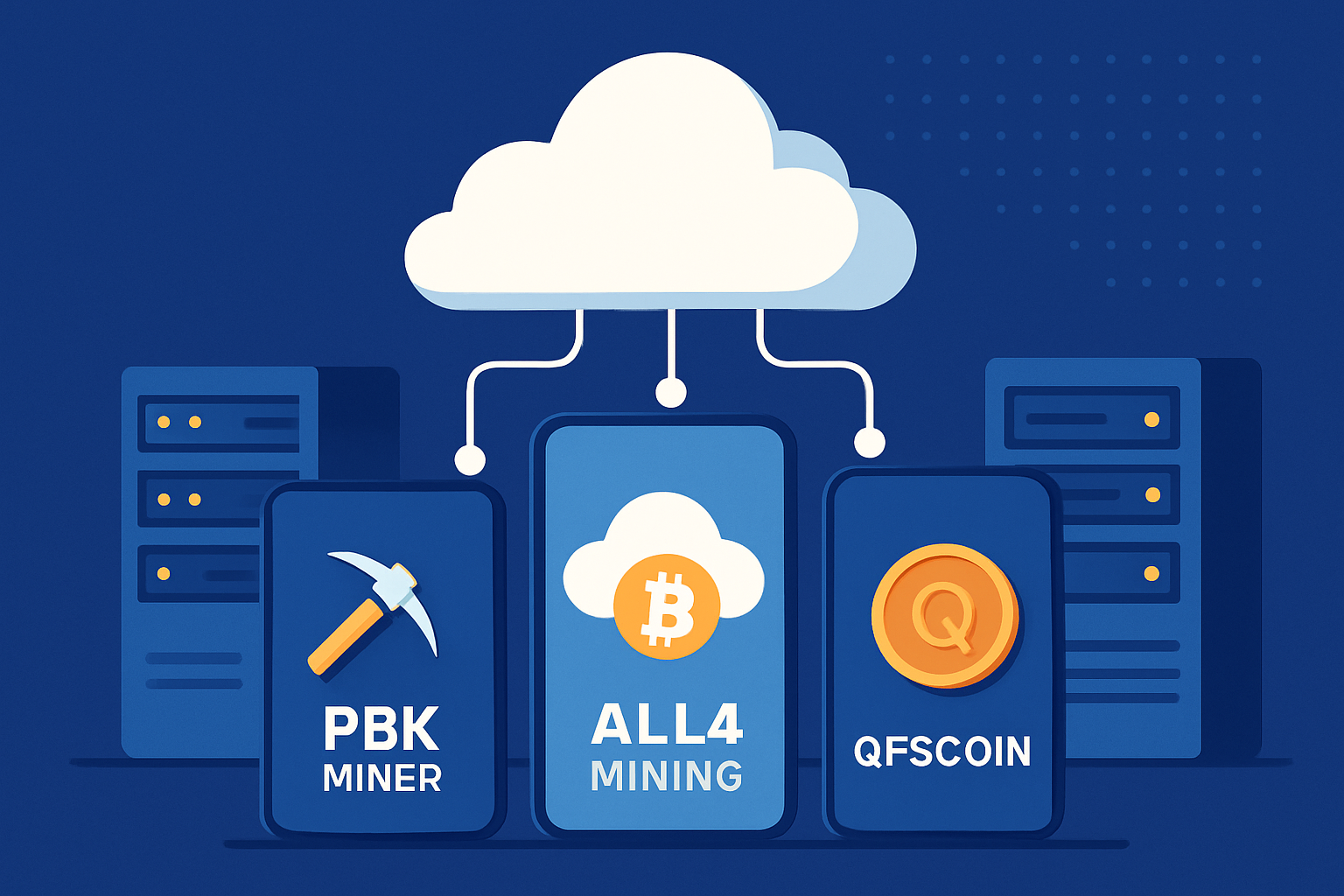

How Cloud Mining Apps Like ALL4 Mining and QFSCOIN Are Revolutionizing Passive Crypto Income in 2025
Cloud mining has surged in popularity throughout 2025, breaking down barriers for anyone seeking passive crypto income...
Bitcoin’s price dynamics in 2025 are being shaped less by speculative retail trading and more by the...
Bitcoin’s price dynamics in 2025 are being shaped less by speculative retail trading and more by the...
Singapore has long been recognized as a global crypto hub, but as of June 30, 2025, the...
Singapore has long been recognized as a global crypto hub, but as of June 30, 2025, the...
In June 2025, headlines across Atlanta and beyond blared a cautionary tale: an Atlanta couple lost their...
Ripple’s multi-year standoff with the U. S. Securities and Exchange Commission (SEC) finally reached a dramatic conclusion...
Bakkt Holdings, Inc. has set the crypto world abuzz with its bold plan to raise up to...
For years, crypto holders have found themselves locked out of one of the most traditional avenues of...
The crypto industry is at a pivotal moment as mainstream financial giants and blockchain innovators increasingly join...
Texas has made history by becoming the first U. S. state to establish a publicly funded Bitcoin...
Crypto adoption is soaring in 2025, but so are the risks. As more people buy digital assets,...
Jumping into the world of crypto can feel like stepping into a wild frontier—exciting, but also full...
Periods of extreme market fear often trigger sharp sell-offs in altcoins, driving prices to levels that can...
Imagine standing on a bustling street in 2025, your phone in hand, ready to buy your first...
Buying cryptocurrency without undergoing Know Your Customer (KYC) verification is more popular than ever in 2025. For...
Imagine standing at the edge of a bustling crypto marketplace, coins whizzing past, charts pulsing with energy,...
Taking your first step into the world of cryptocurrency can feel both thrilling and overwhelming. With so...
Imagine standing on a bustling street in 2025, your phone in hand, ready to buy your first...
It’s easy to feel overwhelmed by the wild price swings in the crypto market. One day, Bitcoin...
Imagine finding a promising new token on Uniswap, only to hit a wall: no liquidity. This is...
Curious about how to buy UUSD cryptocurrency, but not sure where to start? You’re in the right...
